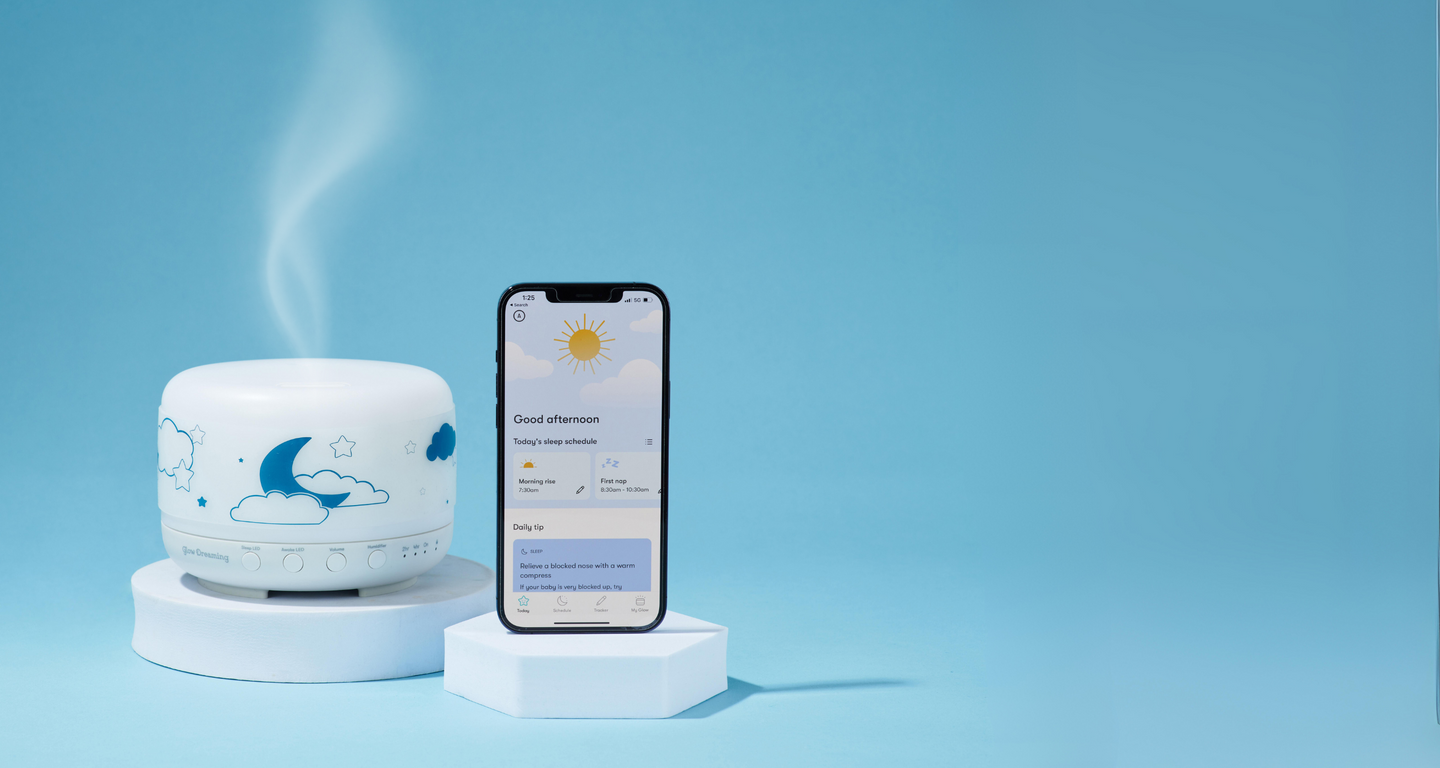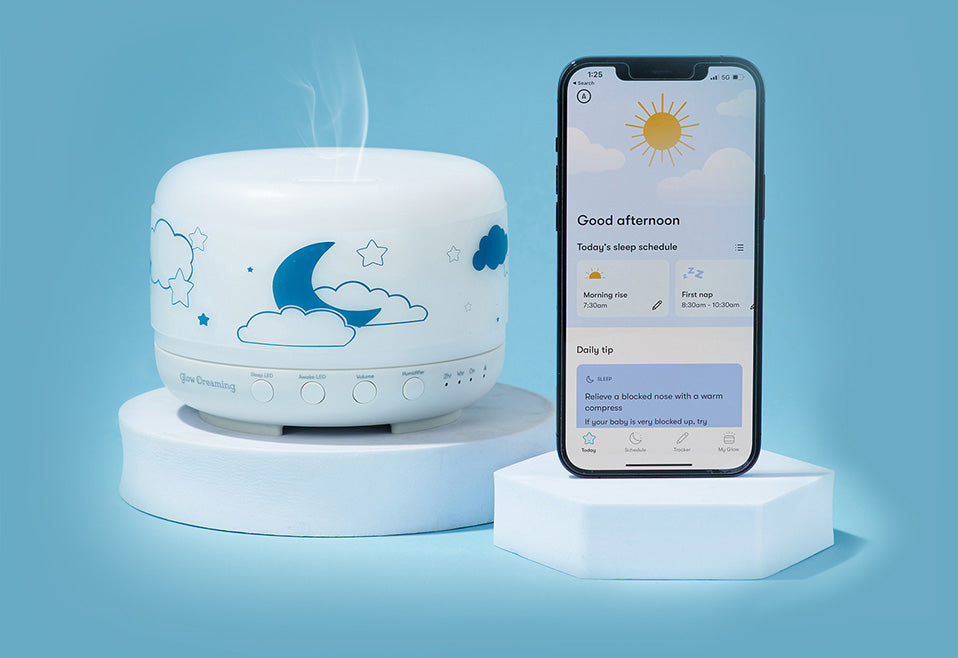There’s nothing more important than ensuring our little ones are safe, comfortable, and well-rested. Red Nose Australia provides evidence-based recommendations to help reduce the risk of sleep-related infant deaths, including Sudden Infant Death Syndrome (SIDS). At Glow Dreaming, we’re dedicated to supporting families on their sleep journey, and that starts with creating a secure sleep space for your baby.
Here’s what you need to know about setting up a safe sleep environment according to the latest Red Nose Australia sleep guidelines.
1. Back to Sleep, Every Time
Red Nose Australia emphasises that babies should always be placed on their backs to sleep—for naps and nighttime. This is the safest position and has been shown to significantly reduce the risk of SIDS (Sudden Infant Death Syndrome). Once your baby can roll independently, they may choose to change positions, but always start them on their back.

Image from Red Noise Australia
2. A Firm, Flat Surface is Key
Your baby’s sleep surface should be a firm, flat mattress with a fitted sheet. Soft bedding, like pillows, blankets, or stuffed animals, can pose a suffocation risk and should be kept out of the cot setup. Cot bumpers are also discouraged, as they can lead to entrapment or suffocation.
Our sheet recommendation: Glow Cloud Fitted Cot Sheet

3. Room-Share, Don’t Bed-Share
Red Nose Australia recommends that babies sleep in the same room as their parents—but on a separate sleep surface—for at least the first six months, ideally up to a year. Having your baby close by can help with feeding and monitoring while reducing the risk of baby sleep safety concerns. However, bed-sharing is strongly discouraged due to the increased risk of suffocation and overheating.
4. Keep the Cot Bare
Less is more when it comes to your baby’s safe cot setup. The safest cot contains only a firm mattress and a fitted sheet. Avoid placing toys, bumpers, sleep positioners, or loose blankets inside. Instead, dress your baby appropriately for sleep using a wearable blanket or sleep sack to keep them warm without the risks associated with loose bedding.

5. Optimal Room Temperature and Ventilation
Babies sleep safest in a room that is cool and well-ventilated. Overheating can increase the risk of SIDS, so aim for a room temperature for baby sleep that’s comfortable for a lightly dressed adult—typically between 20-22°C (68-72°F). Dress your baby in light, breathable layers and avoid covering their head. The Glow Perfect Sleep Sensor helps parents monitor room temperature and humidity in real time, ensuring the ideal sleep environment. By providing accurate readings and alerts, it takes the guesswork out of creating the safest and most comfortable conditions for your baby’s sleep.

6. Use a Dummy at Sleep Time
Offering a dummy at nap and bedtime has been linked to a lower risk of SIDS. If your baby doesn’t want a dummy, don’t force it, and if it falls out after they’ve fallen asleep, there’s no need to replace it.
7. Avoid Exposure to Smoke, Alcohol, and Drugs
Second-hand smoke, alcohol, and drug exposure increase the risk of SIDS. A smoke-free environment is crucial for your baby’s sleep safety, both awake and asleep.
8. Encourage Supervised Tummy Time During the Day
While back sleeping is safest for sleep, tummy time while your baby is awake and supervised helps strengthen their neck, shoulders, and core muscles, reducing the likelihood of flat spots on the head and promoting motor development. This is a key part of infant sleep tips.
9. Consider a Pink Noise Machine
Creating a sleep-friendly environment means limiting disruptions. Unlike white noise, pink noise for babies provides a more balanced sound frequency that can further enhance baby sleep safety. The Glow Sleep Easy uses scientifically backed pink noise to create the perfect sleep atmosphere, helping babies settle more easily and sleep for longer stretches. Just ensure the volume is set at a safe level (below 75 decibels) and placed at least 2 metres away from your baby’s cot setup.

10. Follow Safe Swaddling Practices
If swaddling your baby, ensure it’s done safely—allowing room for hip movement to prevent hip dysplasia and stopping once they start showing signs of rolling over. At that point, transition to a sleep sack for continued baby sleep safety.
Creating a safe sleep environment doesn’t have to be complicated, and following these guidelines can give you peace of mind while helping your little one get the best rest possible. At Glow Dreaming, we’re here to support you every step of the way on your family’s sleep journey. By prioritising safe sleep practices, you’re giving your baby the best start to healthy and happy sleep habits.


